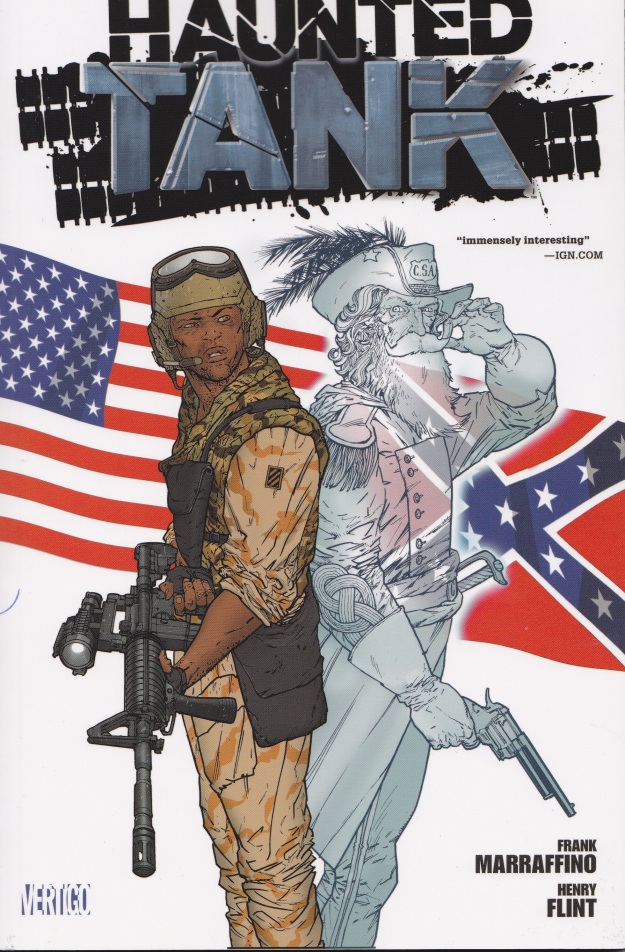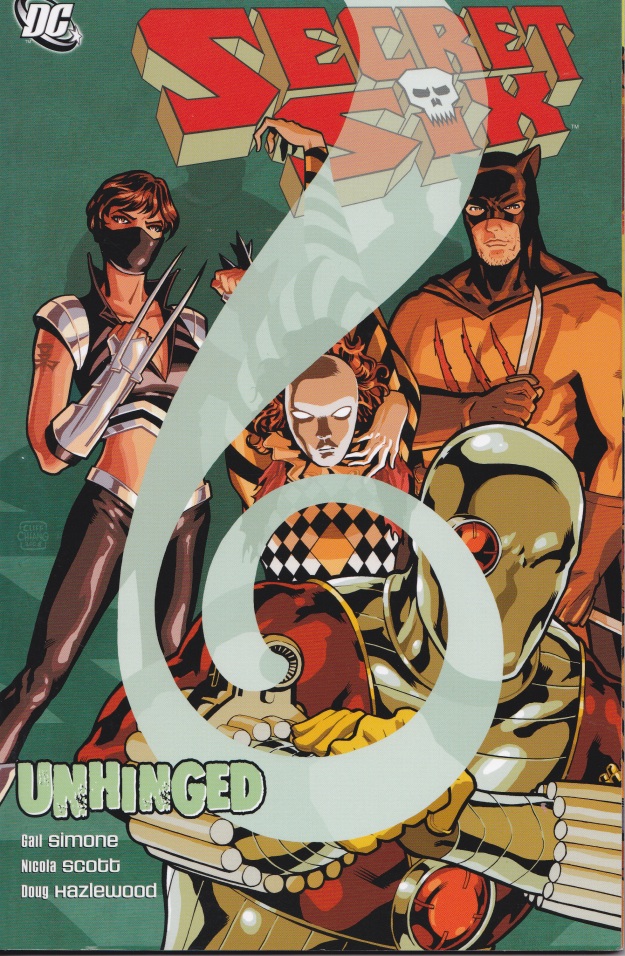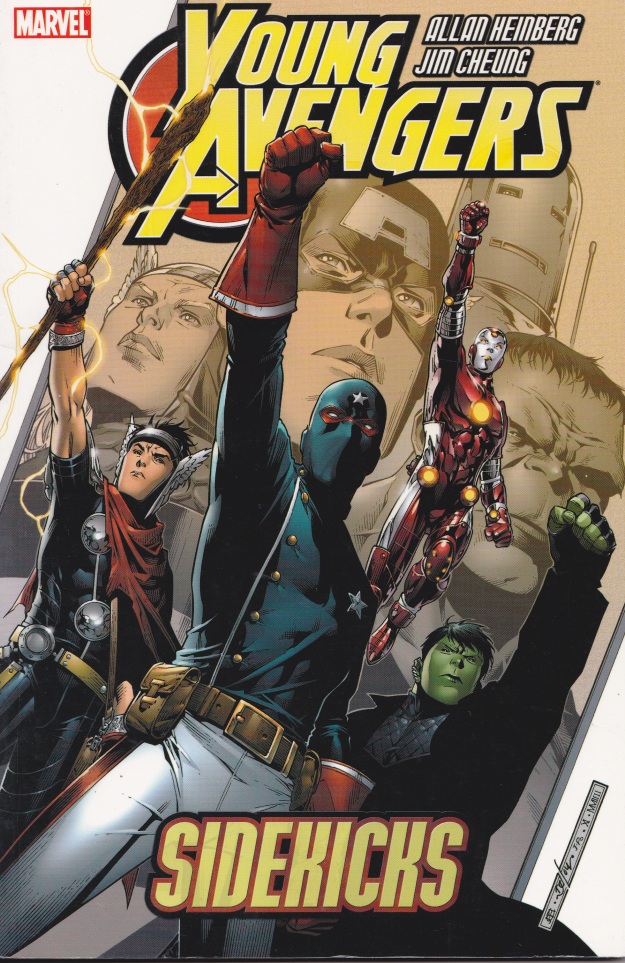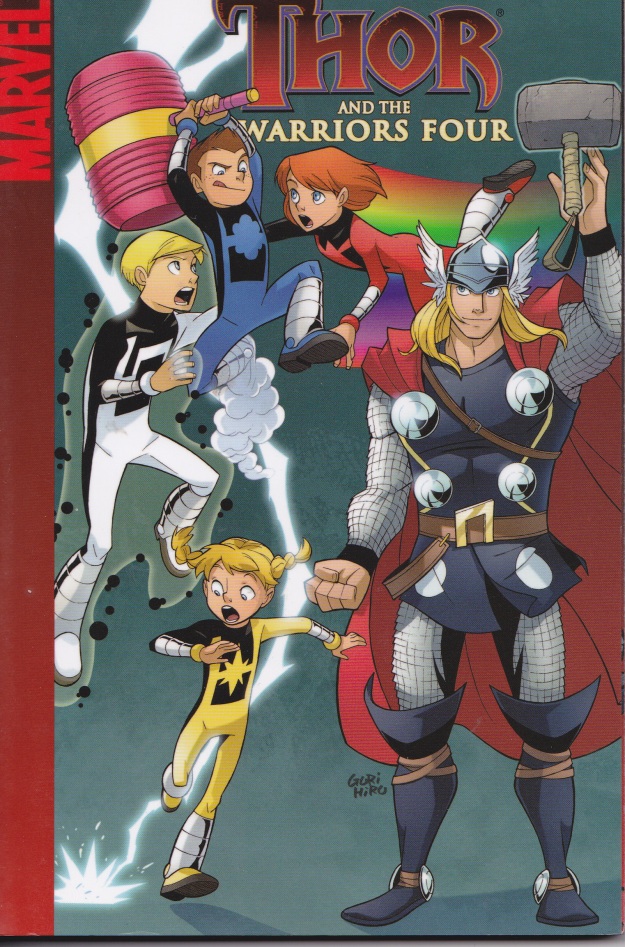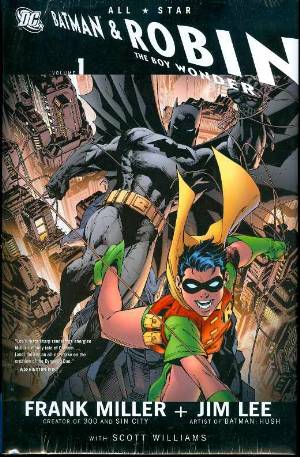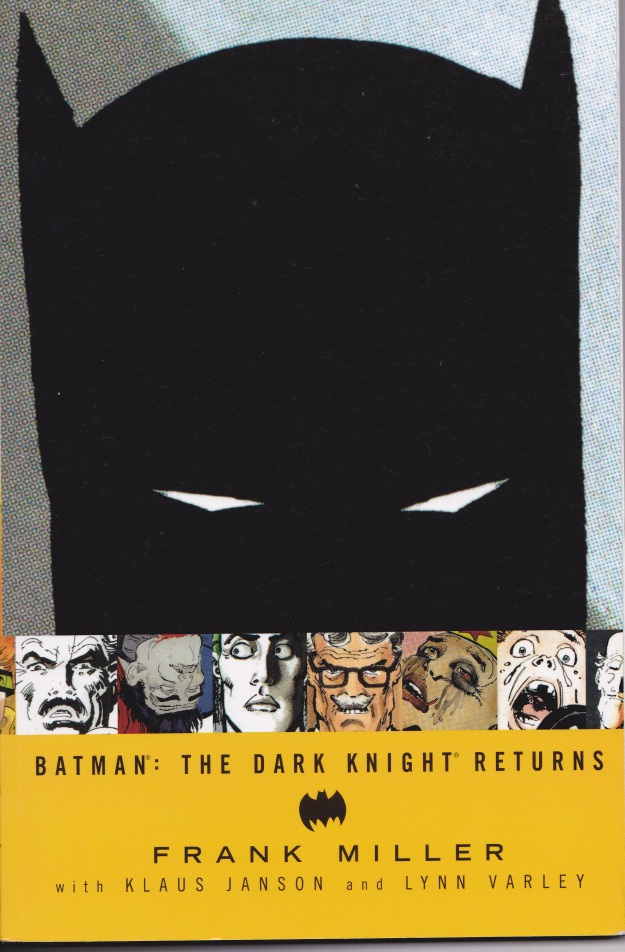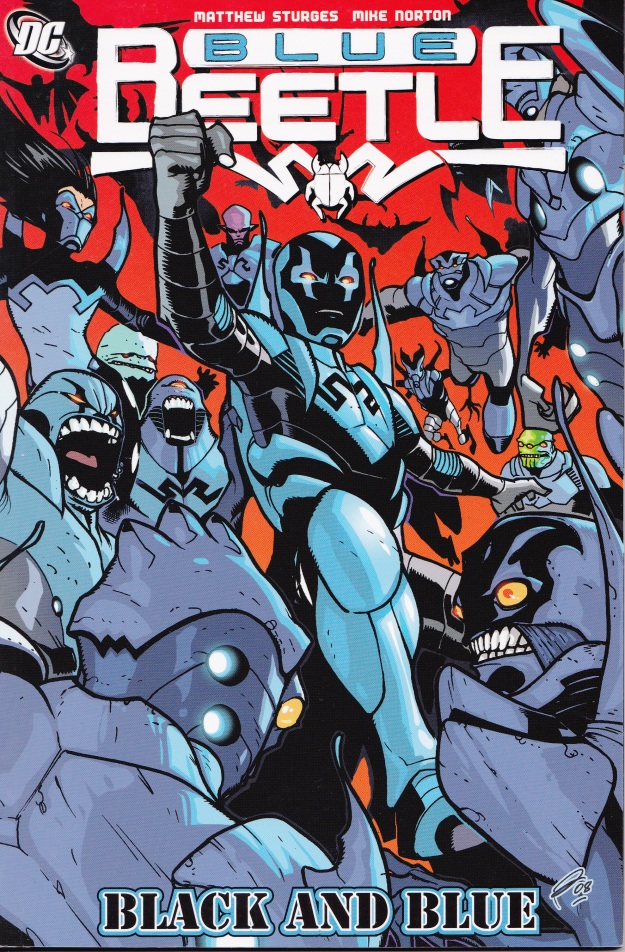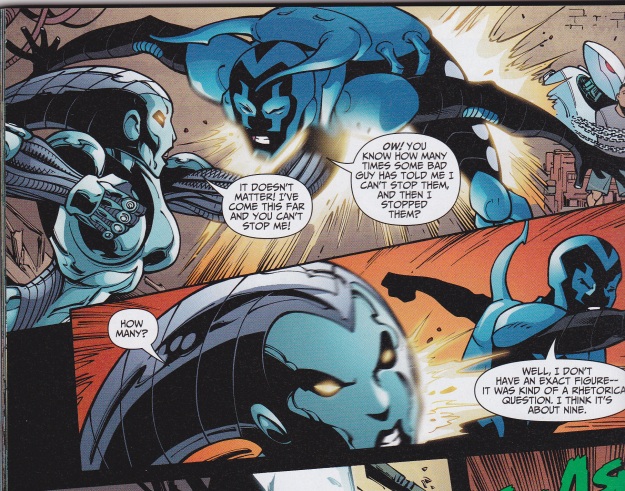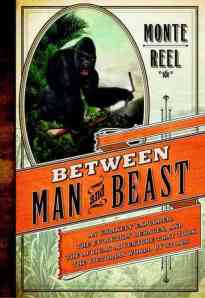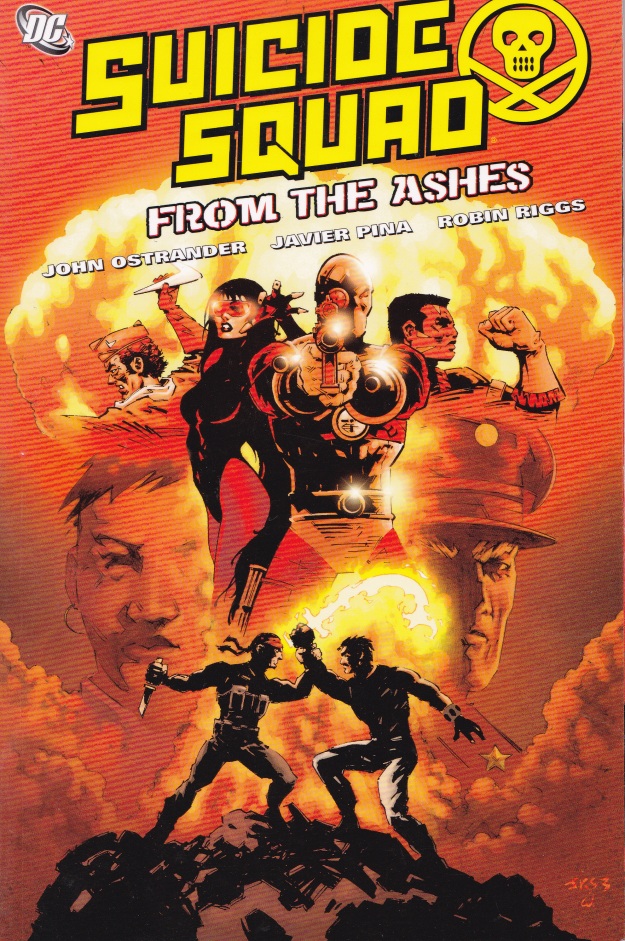 I apologize again for the gaps between these posts, which are gradually growing larger as I try and keep up with my life.
I apologize again for the gaps between these posts, which are gradually growing larger as I try and keep up with my life.
I first became familiar with the Suicide Squad not through comics, but through the Justice League cartoon. It being a show aimed at children first and foremost, a name like “Suicide Squad” wouldn’t work too well. Instead, the team was called “Task Force X,” which also served as the title of a brilliant episode. In it, Deadshot, Plastique, Captain Boomerang and Clock King team up with Rick Flag to steal the destructive Annihilator armour from the Justice League home base.
Despite the episode being focused on a team of villains, it was there where I found myself really liking Deadshot, the smug bastard.
When browsing for a few new graphic novels, I ended up picking up Suicide Squad: From the Ashes partly because Deadshot referenced his time in the Squad during the excellent Secret Six comic I read previously, but mostly just because I knew Deadshot would be in it (sadly in a more diminished role, but the reasoning behind that will be clearer later in this post).
To dig into the plot of this limited series (if I’m correctly recalling that it was a limited series) is to dig into so many plotlines that it would take several posts to unravel them all. We’ll start with Amanda Waller. She figures prominently into this book, and her zero tolerance for bullshit makes her a great new head of the Suicide Squad, as she collects a series of villains including Deadshot, Bronze Tiger and Nightshade, to start.
The reason she’s doing this? The former leader of the Squad, Rick Flag, dies while fighting Rustam, who is working for Qurac (I couldn’t believe that was the name of the country). Except Flag didn’t die (much to the chagrin of fans, apparently), instead taken to Skartaris thanks to Rustam’s magic sword. The two men call a truce to escape the place, only Flag and Rustam fight again before they can leave, and Flag ends up killing Rustam and using his sword to escape solo.
Once back on Earth, Flag re-joins the Suicide Squad along with countless others, including White Dragon, Marauder, Multiplex, Blackguard, Plastique, Twister, Windfall and more. Oh yeah, and Waller can with the help of a device control the radioactive monster Chemo.
The new Squad’s first mission is to kill all the board members of Haake-Bruton, a pharmaceutical company that plans on releasing a virus that could wipe out large portions of the world population.
Except the mission doesn’t turn out as easily as it should, thanks to another Squad member, Wade Eiling, a giant, hulking monster who also has some suggestive control over Flag. Eiling wants to profit from the endeavour, offering to kill all the Squad members in exchange for Haake-Bruton board membership.
Oh, and Rick Flag might not even be Rick Flag,
If that all sounds like a lot to take in, that’s because it is. A ton happens in this book, and it involves more characters than I count. It makes for a crammed experience, to be sure, and thus it’s hard to get a grasp on many characters’ personalities when we’re constantly switching points of view. Later in the story several villains die, but they’re given such little “screentime” that it’s hard to feel upset about their loss. The characters themselves don’t even feel the loss—Waller cheerfully welcomes a new Squad member at the end, a face that comic book fans will most definitely recognize.
Still, despite its drawbacks, I did enjoy going through this thing, because I’ve found that more than anything I enjoy reading about B-list and C-list characters as the stars of the show. Deadshot’s limited appearances are still fairly memorable, especially with his interactions with the son of Captain Boomerang. Eiling, despite being possibly the mos repulsive character in the book (and that says a lot) is enjoyable to watch as he schemes and plots. And as mentioned, Waller is incredible, so it made me a little sad when I heard that she is rebooted as a younger, thinner woman in the DC comics New 52 line of stories. (I’ve read one book in the New 52 and since reading all of the old stuff I’ve been steering clear away).
